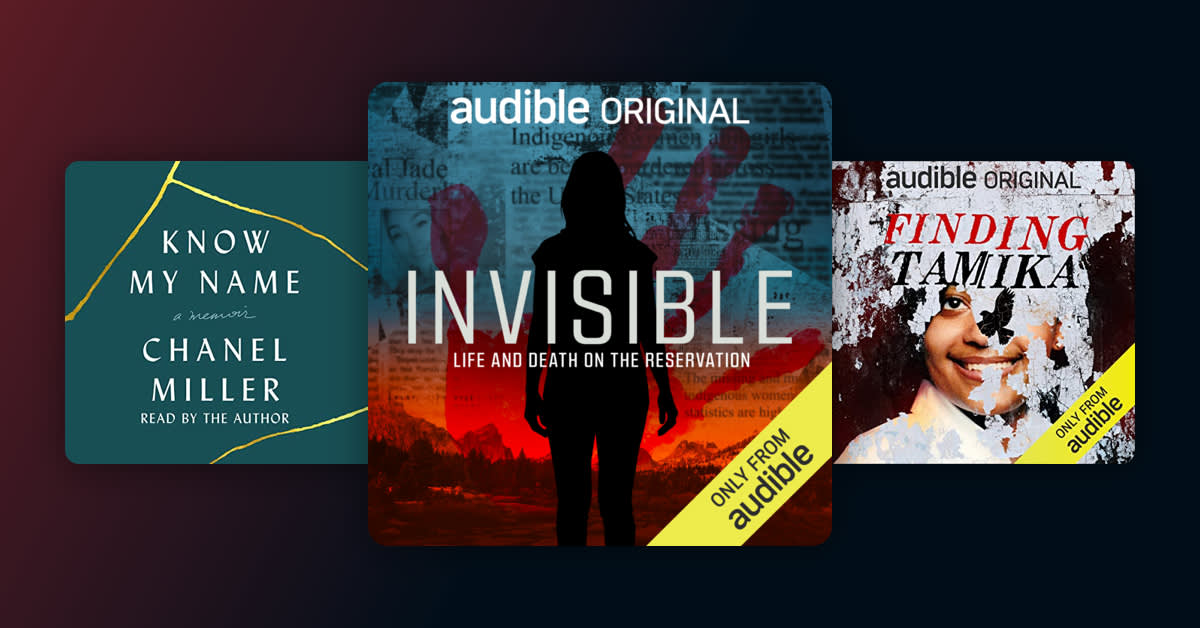In my first book, High-Risers: Cabrini-Green and the Fate of American Public Housing, I wrote a couple of pages about a guy named Johnnie Veal. When he was 17, in 1970, Johnnie was charged with a crime so terrible that it launched a Chicago public housing complex into international infamy. I spent years working on that book, and I never thought to interview Johnnie. I didn’t imagine a 17-year-old from 1970 could still be sitting in a prison cell a half-century later.
Then a reader reached out to me. He said Johnnie, now a senior citizen, was still alive. That he was innocent. And that he had another parole hearing in a few years—his 20th attempt to persuade a board that he was deserving again of freedom.
I had so many questions!
So I visited Johnnie (who now goes by Khalif) in prison. I started going to parole hearings in Illinois. To every parole hearing. And with my producer Bill Healy, we recorded them.
The Parole Room tells the parole saga of Johnnie Veal. After 50 years behind bars, his entire adult life, will he finally get out?
But this docuseries also explores a bigger question that gets at something so fundamental about our society. What is the purpose of prison? The United States locks up one in four of all the incarcerated people in the world. This thing we do more than anyone else, we’ve never really answered why we do it. Parole exists in the backwater of the criminal system. It doesn’t receive a lot of attention. But it should. Because at parole hearings, that’s exactly the monumental question board members must wrestle with.
I put together a list of a dozen books that also examine our country’s extreme and destructive practices around crime and punishment. In ways that are captivating, persuasive, and illuminating, they all try to reimagine prisons in America.
When this groundbreaking book was published in 2010, American mass incarceration had reached its peak—an explosion from 200,000 people in prisons across the country in the 1970s to 1.6 million. This book helped show many of us how and why that happened. It also helped bring about reforms. Since then, the prison population has fallen to about a million people.
This is an extraordinary telling of one of the most critical moments in American prison history—in American history. I couldn’t put the book down, except when I threw it in anger over some of the injustices it recounts.
I met Woodfox after he spent 43 years in solitary confinement in a Louisiana prison. To put that in perspective: The United Nations has international rules dictating that solitary can be used only as a last resort, for exceptional cases, and that it should never last more than 15 days. That what we do in the United States isn’t ordinary, isn’t humane, couldn’t be clearer from this riveting memoir.
I worked in magazines for years, as an editor and writer, and for me there’s nothing better than immersive journalism when it’s done as well as this. Conover takes a job as a guard at a New York State prison.
Prison in fiction
A story told powerfully can raise awareness, instill empathy (or its opposite), and transform the way we view the world. These three recent novels, each in its own way about American incarceration, are seared in my consciousness.
Pfaff shows how prosecutors, more than any other elected officials, contributed to the unprecedented growth of incarceration in the United States over the past 50 years. This book is so clearly reasoned, the arguments supported with such clear evidence, the diagnosis so incisive, that it makes me believe the “real reform” in its title is possible.
There are 45,000 federal and state laws regulating what a person can and can’t do once they get out of prison on parole. You read that right—45,000. The result: One in four of every person entering a state prison today is there not for committing a crime but for a technical violation of those onerous restrictions. Miller, a sociologist, jail chaplain, and MacArthur “Genius Grant" winner, shows through his research and personal experience with struggling relatives why we desperately need an actual system of second chances.
Who better than Angela Davis to explain what decarceration means? In this essential author-read work, she explores how we as a society need to change our understanding of crime, safety, and community.
Danielle Sered offers up a functioning alternative to incarceration: restorative justice. Sered runs an organization in New York that brings together offenders and victims in an effort to resolve conflicts, repair harm, and hold people accountable without relying on the carceral system. She reports that 90 percent of victims of violent crimes, when given the option, choose restorative justice over the criminal legal system.
Author photo by Jon Lowenstein.
















